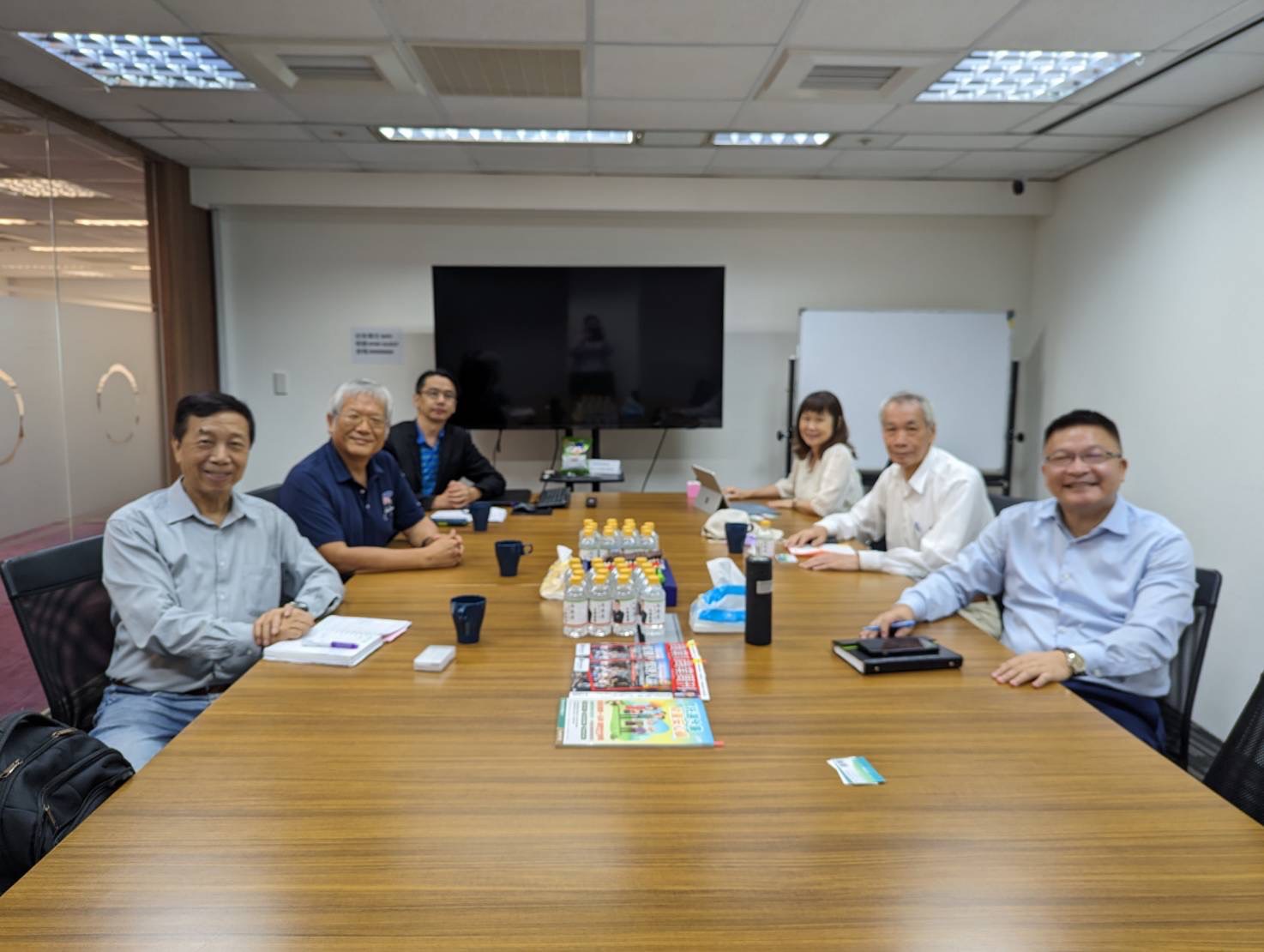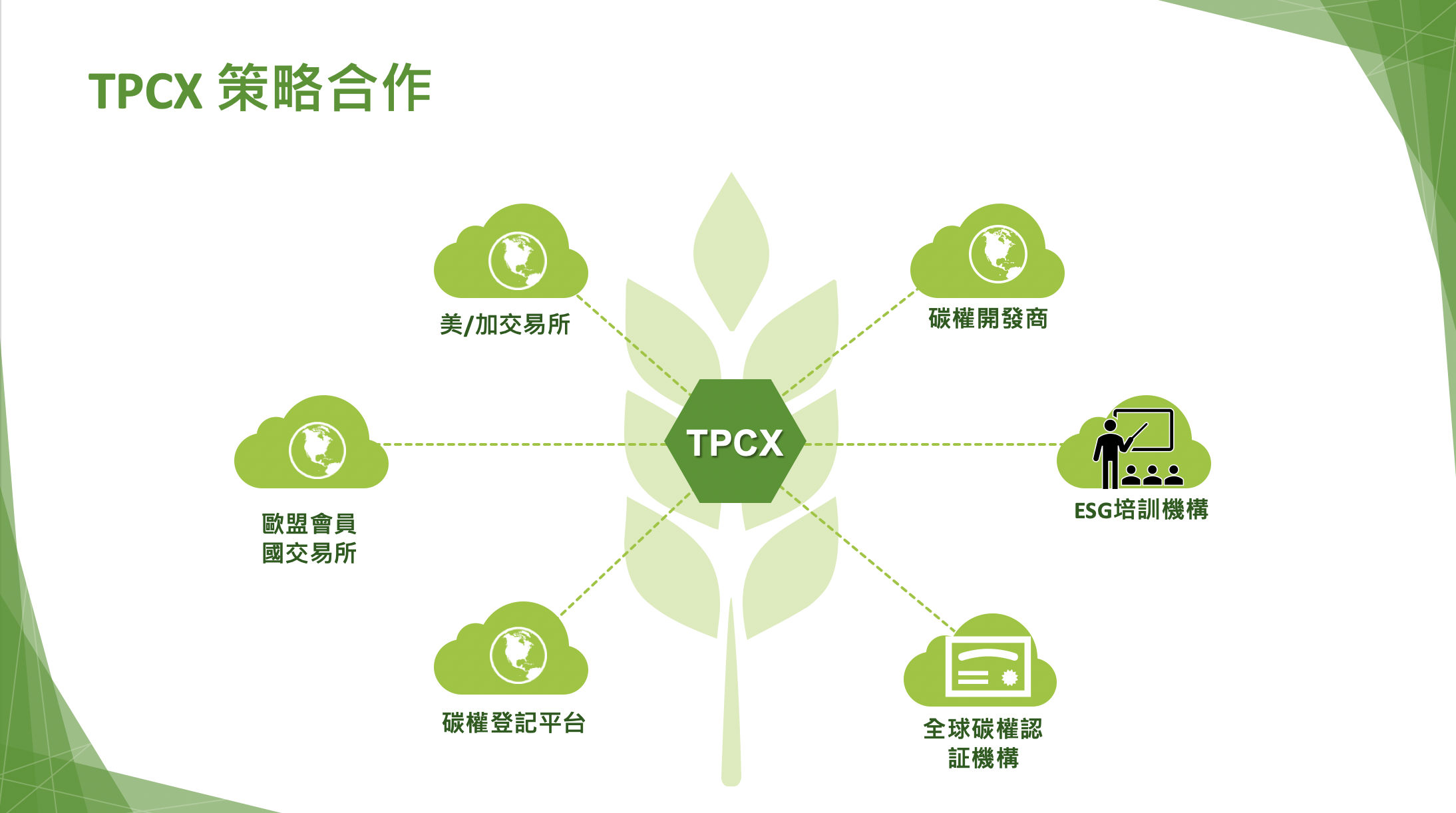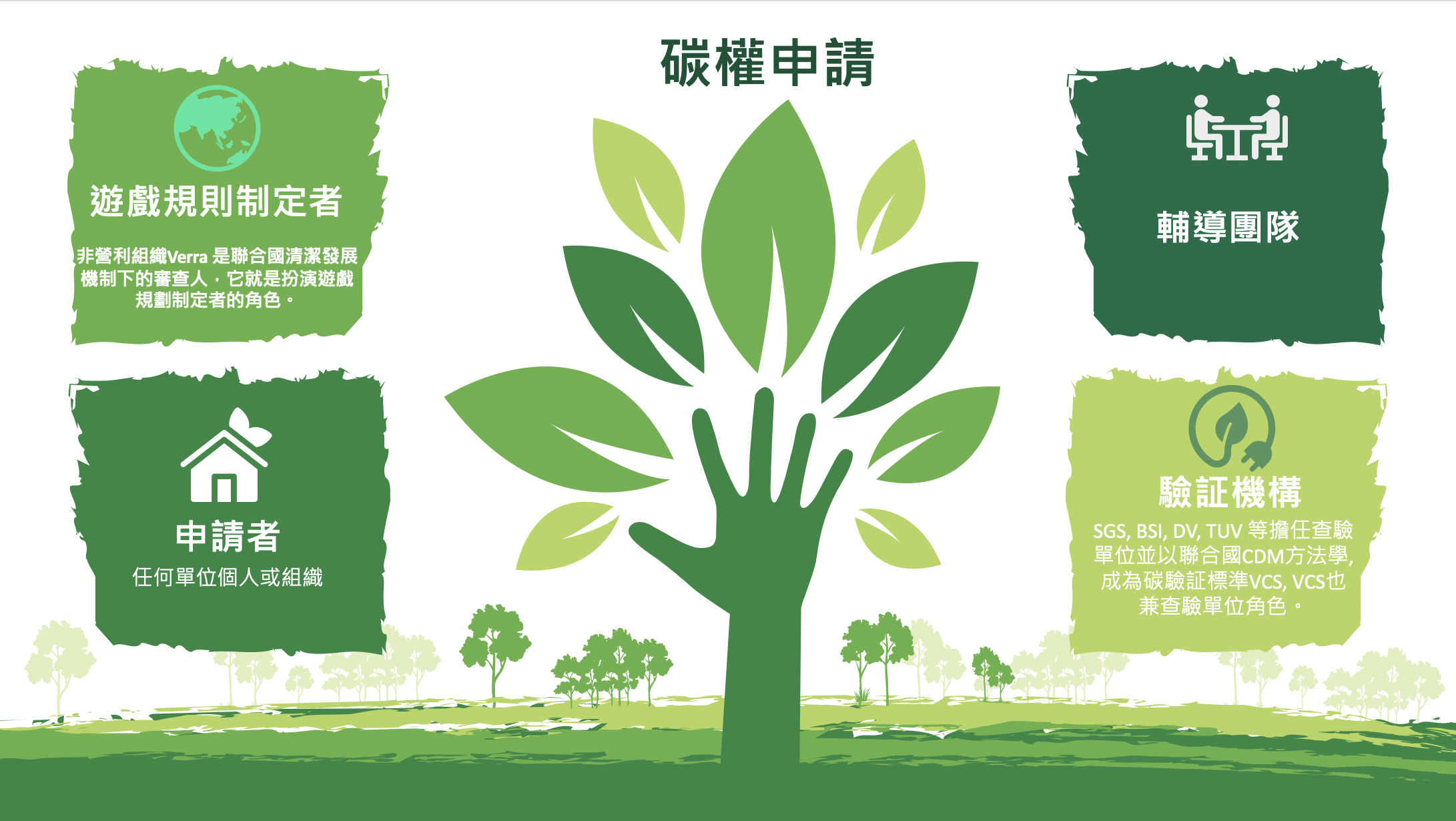Expanding services to global Taiwanese businesses
To help companies solve carbon anxiety, the first step is to start with carbon accounting, and to understand the carbon footprint of their production and manufacturing processes, even upstream and downstream supply chains. By expanding the scope of carbon accounting, companies can effectively grasp their carbon emissions and identify potential for reductions.
The Taipei Carbon Exchange, a Singapore-based company, will introduce legally certified carbon credits to businesses through cooperation with international carbon trading institutions. It will also cooperate strategically with various carbon credit developers to actively seek a diversified supply of carbon credits. At the same time as providing carbon trading services, rigorous trading security mechanisms and member services will also be launched.








